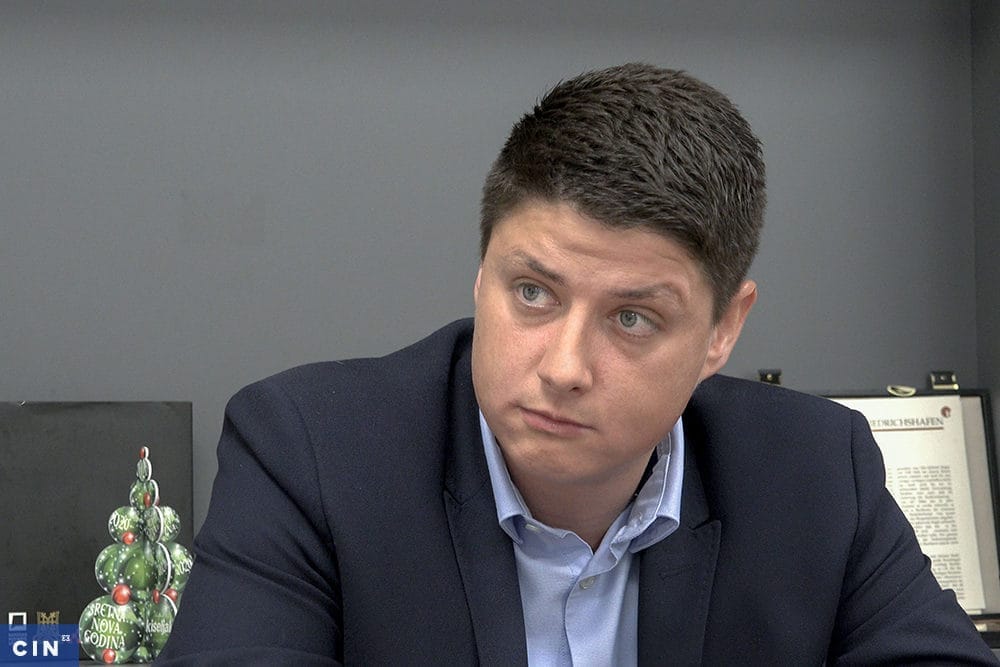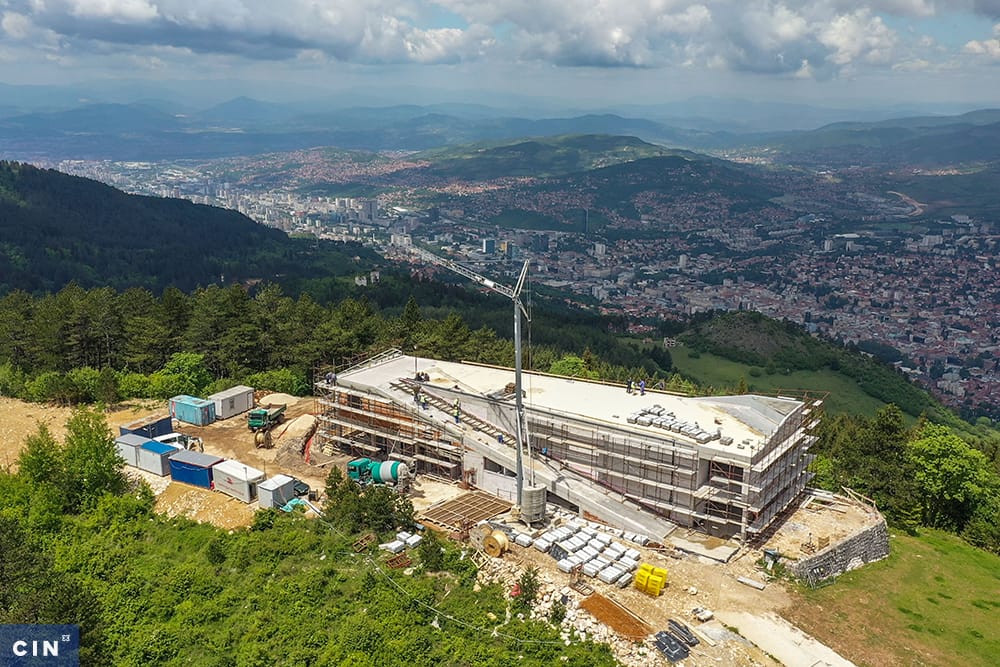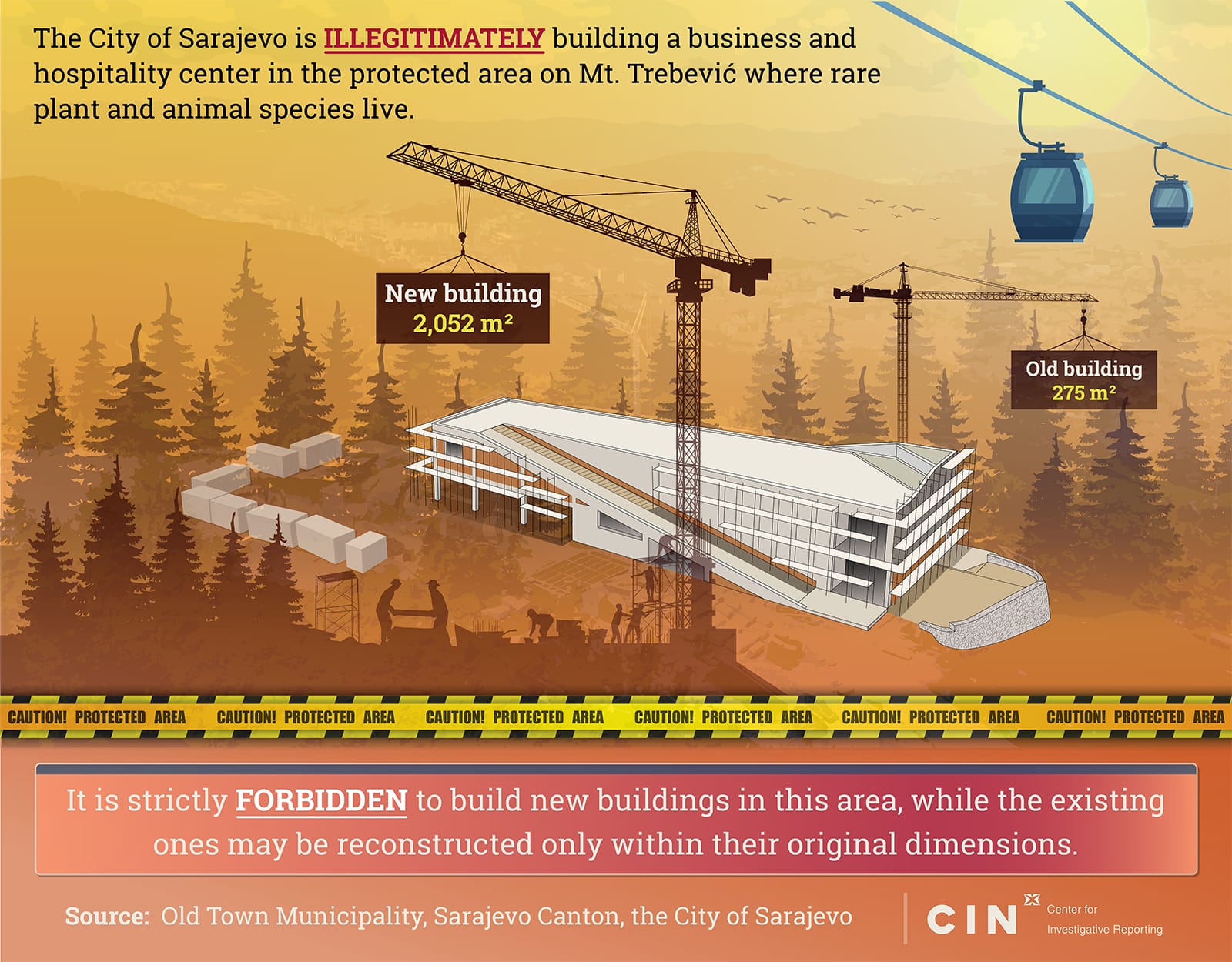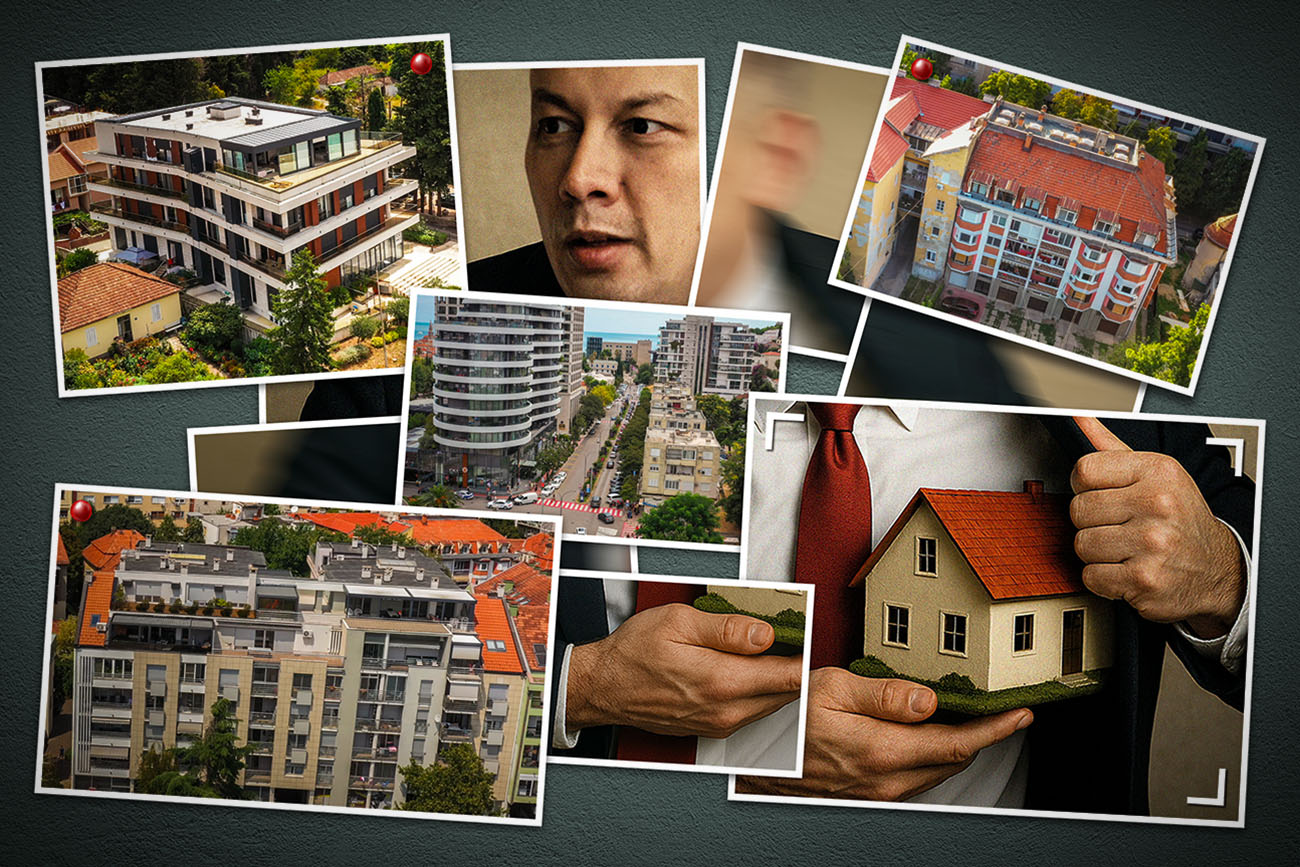A mere ten-minute cable car ride separates Sarajevo’s citizens and tourists from the peaceful wilderness forests of Mt. Trebević. At the Vidikovac (look-out point) restaurant at the end of the cable car line, visitors enjoyed a magical view of the city in the decades past. The restaurant was destroyed during the war. Last year, the City of Sarajevo began its restoration worth more than 5 million KM. However, instead of rebuilding the restaurant in line with its original size, the business and hospitality center is slated to be seven times bigger.
The construction of new buildings is prohibited in the area, while existing structures may only be reconstructed within their original dimensions to protect rare plant and animal species which live in the reserve. Despite this, the municipal authorities have approved the construction.
Inspectors established that the investor had all required permits, but they didn’t review if they were issued according to the law.
Don't want to miss our stories?
Sign up for our newsletter.
Don't want to miss our stories?
Sign up for our newsletter.
Reserve Management Plan Sidelined
After the Sarajevo cable car was reconstructed, the management of Bosnia and Herzegovina’s capital started preparing the ground near the upper station on Mt. Trebević, at an altitude of 1,163 meters.
In response to the public call by the City of Sarajevo, the architectural firm StudioArh designed a three-storey hospitality and tourism center of over 2,000 square meters which is now being built on the foundations of the previous restaurant. From the old building, which had an area of just 275 square meters, the project kept the curtilage and retaining wall on the slope.
The City’s Attorney Sanjin Smajlović, who is tasked with the job of obtaining licenses, said that the size of the old restaurant is not relevant for the procedure of issuing permits for the new building. “I thought that around 700 square meters was the prewar one,” said Smajlović. “I have to be brutally honest, 275 square meters would be a ridiculous building in comparison with the already renovated Trebević cable car”.

However, according to the law, the size of the newly built building matters extraordinarily. The Trebević Reserve Management Plan states that to protect rare and endangered species, it is necessary to limit traffic and expansion of accommodation capacity, while older buildings should be renovated within their original dimensions.
“The law explicitly provides that there can be no construction up there except for the existing structures within existing dimensions,” said architect Damir Lukić from the Sarajevo Canton Institute for Development Planning.
The building, which is now in its final phase of construction, is 2,052 square meters, which means that it is seven times larger than the former one, and thus it violates the regulations on construction in a protected reserve.
Despite that, the City of Sarajevo, as the investor, was granted all the necessary licenses. For this it needed decisions from the Sarajevo Canton Institute for Development Planning and the Institute for the Protection of Cultural-Historical and Natural Heritage of Sarajevo Canton, as well as from the Cantonal Ministry of Spatial Planning, Construction and Environmental Protection.
The Ministry sent two opinions in one month. In the first one, the officials declared that it was necessary to respect the dimensions and purpose of the original building. However, in the second opinion, they stated that “the planned reconstruction is within the boundaries of the plot in question” and thus, may be developed.
The Institutes responded by saying that according to the Trebević Reserve Management Plan, the restaurant may be reconstructed according to how it looked originally and that its capacities should not be expanded.
“We didn’t say ‘there, go and build it’, said Nervin Dacić, the Head of the Institute for the Protection of Cultural-Historical and Natural Heritage of Sarajevo Canton. “We presented our requirements related to wilderness protection and those conditions had to be met.”

However, this has not happened because the chief zoning official in the Sarajevo Old Town Municipality, Alija Švraka, concluded in her recommendation for issuing a permit that the Institutes’ and Ministry’s opinions were positive, thus ignoring the Institutes’ recommendations. She didn’t want to be interviewed by CIN.
Based on this, by mid-2019, the Old Town Municipality, on whose territory is located part of the reserve, issued all the required permits to the investor. Municipal officials told CIN reporters that the Institutes’ decisions did not explicitly refer to an obligation to construct the center within the former building’s dimensions.
“We gave an opinion that a restaurant can be built just like the one which existed before the war. This is what our decision is about,” said Dacić.
This June, Sarajevo Mayor Abdulah Skaka from the Party of Democratic Action took his party boss Bakir Izetbegović, and until recentlychairman of the BiH Council of Ministers, Denis Zvizdić, for a walk around the construction site. Izetbegović told reporters at the time that Sarajevo will get a newer and prettier viewpoint restaurant than it had before the war.
Letters to Inspection to No Avail
Mayor Skaka briefly commented for CIN how everything had been done in line with the procedures.
“An administrative body such as the City of Sarajevo cannot conduct any procedure outside of the law,” he said without providing a detailed explanation for the general public. Even though he promised to do it, his cabinet officials told CIN later on that Skaka didn’t have free time in his schedule.
By mid-2019, the City collected all the necessary permits and started constructing the new center. Several months before that, a new Cantonal government came into power. The Cantonal authorities informed the Cantonal Administration for Inspection Affairs that Old Town Municipality had issued permits for construction in the Trebević protected area.
The Ministry asked inspectors, on eight occasions, to conduct an inspection of the construction and review the legality of the issued permits. At the same time, the Ministry officials warned the City authorities that the construction of the new building was illegal, but the City paid no heed.
The inspectors concluded that the investor had all the required documents to start building. However, the inspectors failed to review potential procedural failures. From the Ministry’s correspondence with the Inspectorate, it is also clear that the Inspectorate made no orders nor required the City to take any action.
In its report, the inspection quoted the second opinion of the Cantonal Ministry — in which the former Ministry officials merely commented that, “the building is located on an adequate plot”. CIN reporters have not been given an opportunity to interview the inspectors in charge of the inspection.








